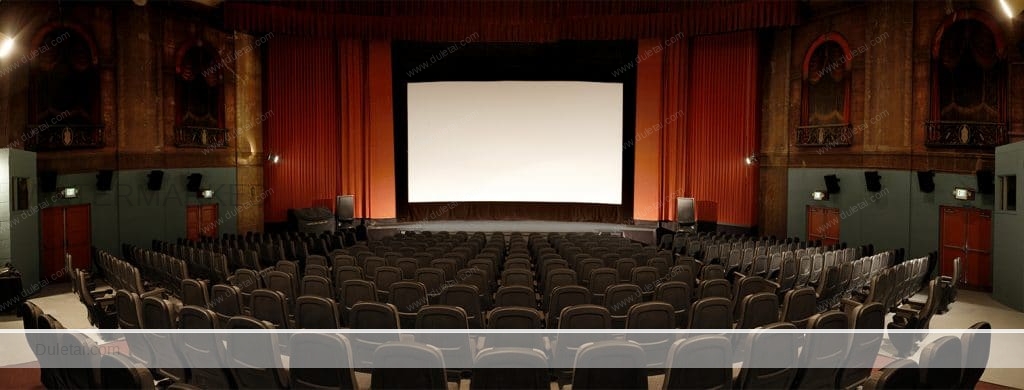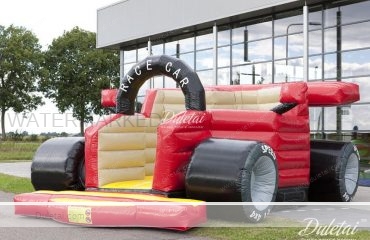Views: 535
Movie theater screen, which are made from a tightly woven fabric, either natural, such as silk, or a synthetic fiber, were excellent for use with low-power projector lamp heads and the monochromatic images that were a staple of early projected images.

A silver display, additionally referred to as a silver lenticular display, is a sort of estimate screen that was preferred in the very early years of the motion picture industry and entered popular usage as a metonym for the movie theater market. The term cinema comes from the actual silver (or likewise reflective aluminium) material installed in the material that composed the display’s very reflective surface area.
Real metallic displays are coming back right into use in forecasting 3-D movies.
Contents
Attributes
Silver lenticular (up and down jagged) displays, which are made from a securely woven material, either natural, such as silk, or an artificial fiber, were excellent for usage with low-power projector lamp heads and also the single pictures that were a staple of early forecasted pictures. Various other silver screens are made by taking typical matte sheets and sticking silver dirt to them; the result coincides.
True hollywood, nevertheless, give narrower horizontal/vertical viewing angles as compared to their more contemporary equivalents due to their lack of ability to entirely distribute light. Furthermore, a solitary projection source often tends to over-saturate the center of the screen as well as leave the perimeters darker, depending on the setting of the customer and also exactly how well adjusted the lamp head is, a phenomenon called hot-spotting. Due to these constraints and also the proceeded technology of display materials, using silver displays in the general movement picture exhibition market has mainly been phased out.
Use in 3-D forecast
Silver lenticular screens, while no more utilized as the standard for activity photo estimate, have come back right into use as they are ideally fit for modern-day polarized 3-D projection. The percentage of light reflected from a non-metallic (dielectric) surface area varies strongly with the direction of polarisation and the angle of occurrence; this is not the instance for an electrical conductor such as a steel [1] (as an illustration of this, sunshine reflected from a straight surface such as a reflective roadway surface or water is attenuated by polarized sunglasses about guide light; this is not the situation if the light is reflected from a metal surface). As numerous 3-D modern movie theater screen technologies in usage today rely on preserving the polarisation of the photos to be presented per eye, the showing surface needs to be metallic as opposed to dielectric.
Furthermore, the nature of polarized 3-D projection requires using interposed filters, as well as the overall image is subsequently less brilliant compared to if it were being usually predicted. Silver lenticular displays assist make up by showing much more light back than a “contemporary” screen would certainly– the same objective they originally served in the very early days of movie.
Various other display kinds of movie theater screen
Each of these display types continuouslies delight in widespread popularity for both residence and also business applications:
Aluminized screen
Just like a silver screen, yet utilizing aluminium to layer the surface. Used for 3-D movies for the very same factor as hollywoods.
Pearlescent display
Comparable to a silver screen, this screen has narrow seeing angles as well as a higher gain (the action of shown light), however it does experience color-shifts to red as well as a propensity to hot place.
Glass-beaded screen
This display type additionally has a greater gain; nonetheless, the nature of its building leads to restricted seeing angles and also a loss of resolution since glass-beaded displays are retro-reflective, that is, their reflection is guided back toward the light. The glass-beaded surface area could establish obvious dark spots with age or messing up as the beads could diminish. It is preferred in the amateur market.
Gray screen
Additionally referred to as a high contrast display movie theater screen, because its objective is to increase comparison on projectors in seeing areas that are not completely dark, as the grey display soaks up ambient light that strikes it better than a white display does. Basically, the screen only reflects the certain tones of red, green, as well as blue output by a trichromatic video projector, as well as absorbs the rest. For that reason, the projected image is mirrored normally, however various other light is not. In doing so, the black level on the screen is maintained. Mainly made use of with electronic projectors in non-commercial settings.
Matte white screen
This display supplies the largest checking out angles while generating no glow and also no location. These characteristics have actually made it the most typical selection of display currently generated and has actually permitted it to come to be the show business’s requirement.

